
We aren’t often thinking about how much or what frequency newborn puppies should take in as, most likely during this stage of their lives, they’ll be with their moms.
Together they are in an instinctual and natural pattern of getting the nutrition they require in the times they require them from their mother’s milk.
If your puppy isn’t receiving enough milk from their mom, or the mom’s not at home due to any reason What is the amount and what frequency do they need to eat?
For this post, we’ll explore some of the most important questions regarding puppy nutrition. We’ll begin with the ways to determine that your puppy is getting the nutrients they require.
The next step is to discuss the frequency at which puppies must consume food, how much they should take in, and what ought to be eating to ensure optimal nutrition.
What Do You Know How Many Nursing Puppies Are enough food?
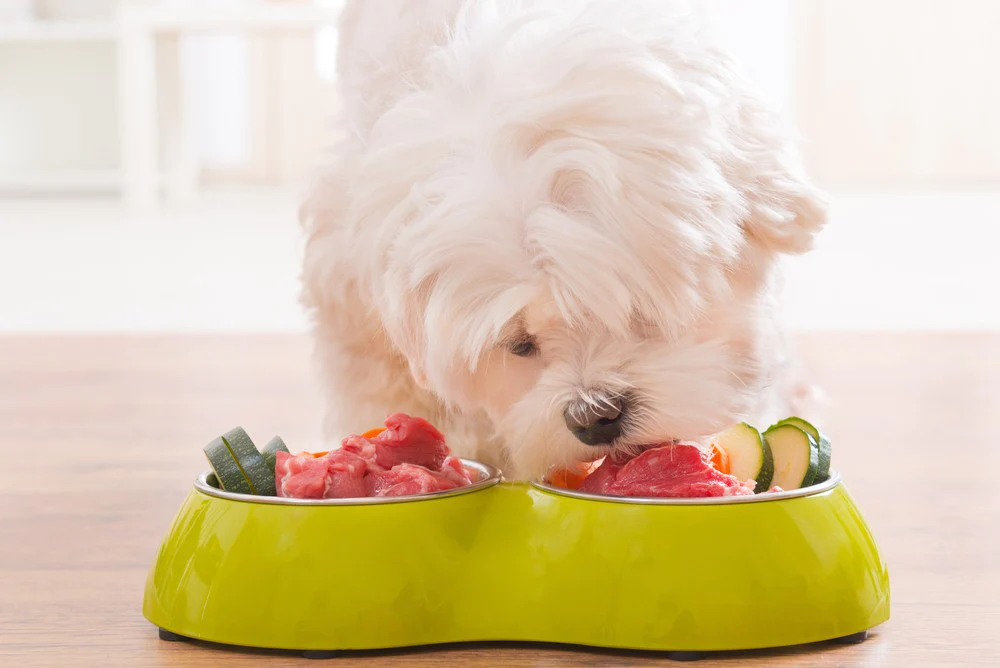
We believe that nature will follow its course for puppies who are nursing and receive enough nutrition from their mothers This doesn’t always occur.
It may be because the mother doesn’t have enough milk, or smaller puppies from a larger litter aren’t getting access to the milk they require or the mother has turned down one of her puppies due to a reason. How can you tell?
The most obvious indicator that the pup is not getting sufficient consumption is its weight and size. If it’s just one puppy from the litter, it’ll be noticeably smaller than other puppies.
If you do not have a point to measure against, newborn puppies should gain 5-10 percent of body weight every day. This means they’ll have doubled in size in their first few days.
If the puppies cry in between or after feeding This is also an indication that they aren’t receiving enough nutrients and exhibit discontent. However, crying doesn’t necessarily sound like the sound of a group of happy suckling puppies make sure to pay to the sound.
How often should a newborn Puppy Eat?
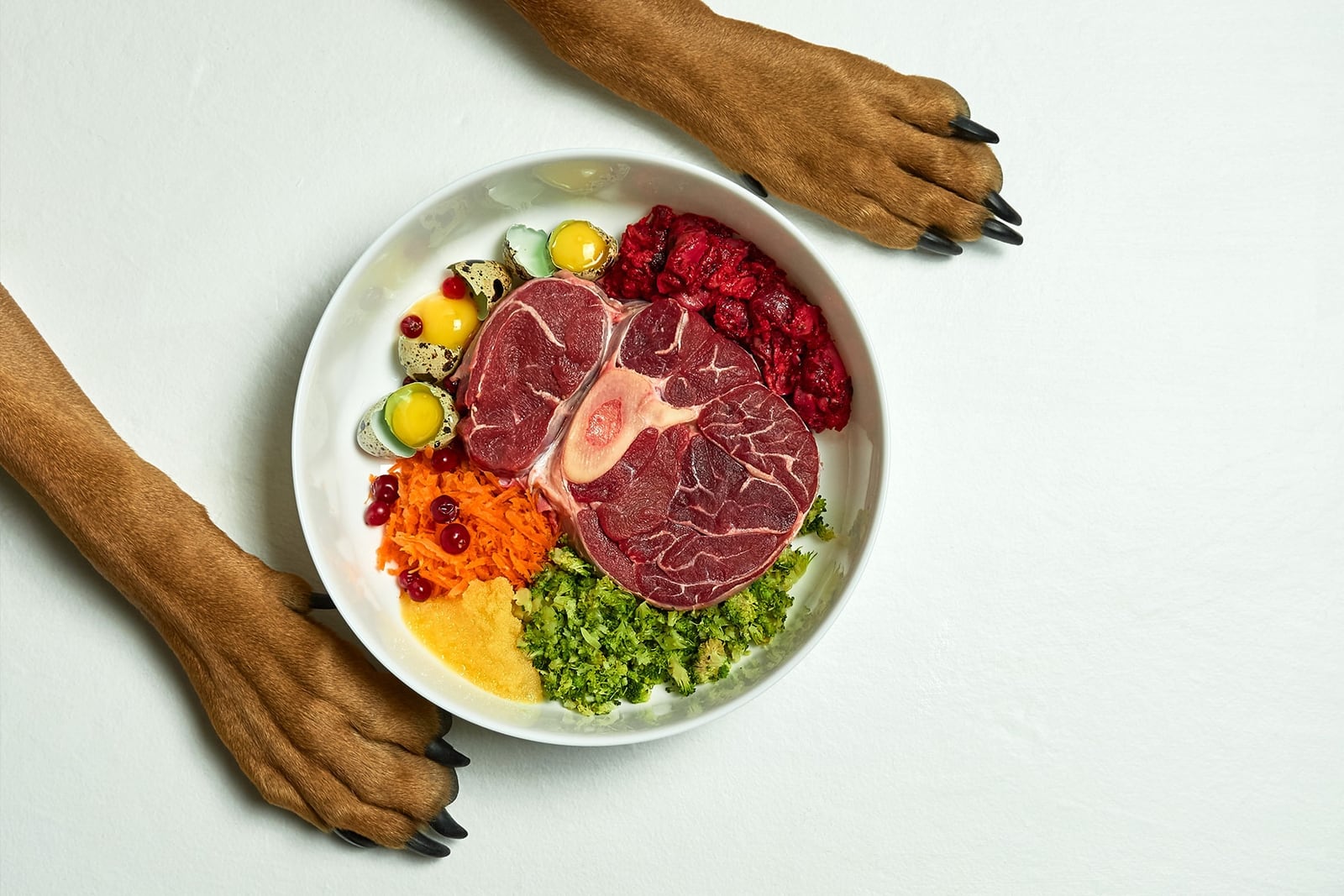
If they are fed by their mother, puppies are fed twice a day. The interval between meals will increase gradually, so it could be up to three hours between feedings after two weeks or three and a quarter hours at three weeks.
They shouldn’t be left with no food for the entire evening and might require at least one or two feeds during the night.
At between four and the age of five, it is likely to eat approximately every 4 to 5 hours throughout the day and continue eating late at night. It is not recommended to go longer than five hours without eating.
As soon as your puppy is 6-8 weeks of age, they are able to begin weaning onto solid food. They should be eating approximately 4 times per day. They could go for up to eight hours with no food during the night.
It is best to feed your puppy small meals more frequently than larger meals over a longer period of time to aid in digestion. In addition, puppies haven’t yet developed the capacity to regulate their blood sugar level, which is why they require regular food to ensure that their energy levels remain in check.
For the first four weeks, they’ll be spending the majority of their time sleeping, eating, and even pooping. It’s an excellent idea to massage their bellies following eating to aid in proper digestion.
How often should older Puppies Consume Food?
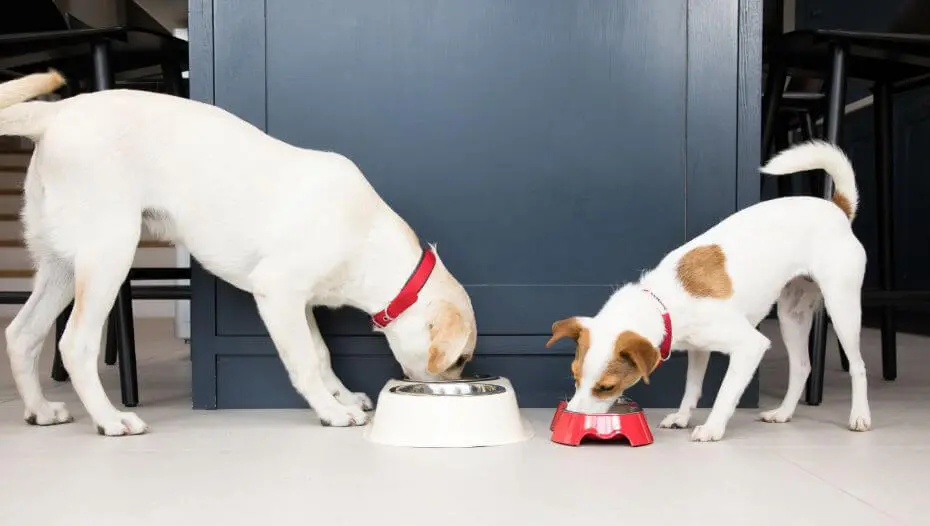
As your puppy grows and moves towards solid food and solid foods, you may also decrease the frequency they consume food. Make sure to get them in a habit of eating early enough to ensure their peace of mind and make bathroom training and house training routines.
The frequency at which they need to be fed is dependent upon the dog’s size however there are instances of exceptions.
Toy breeds should eat three to four meals per day up until they reach about 4 months of age. Then, it can be reduced to 2-3 meals per day after six months, until they become fully grown; at that point, they really only need two meals per day.
Medium and small breeds are able to transition to a slower eating schedule at approximately four months old. They are able to eat once every day for the rest all their life.
Larger breeds require 2 to 3 meals per day once they reach four months old. However, they will require this regular feeding schedule to meet their energy needs as they become adults.
What is the best food for Newborn Puppy’s Consume?
When they reach 4 to 5 weeks old, puppies should drink the milk of their mother and get all the nutrition they require during this critical period of development.
If milk from the mother isn’t readily available, there are many milk substitute formulas available. They’re similar to the formula human infants receive, but they are specifically designed for puppies.
What should older children Consume?
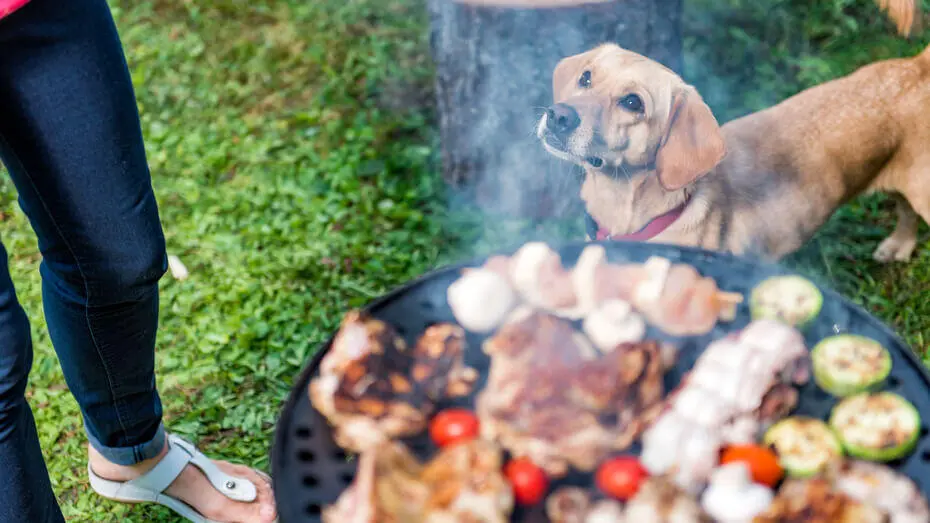
It is generally known the moment a puppy is ready to transition to solid food as its mother isn’t as interested in feeding them anymore.
It’s because this is the time when their teeth begin to emerge and can cause nursing to become extremely uncomfortable for mommy. In most puppies, this takes about 4-5 weeks but it may occur a little earlier.
Their teeth aren’t yet prepared for a hard kibble So you’ll need to prepare the gruel with the kibble you choose, specifically specially designed for puppies, as well as a milk substitute. It is common to mix 2 cups of kibble and 12.5 ounces of milk substitute as well as 2 cups of drinking water.
To ease the transition, take them from their mother. Or refrain from giving them milk replacement formula for approximately two hours. Then give to them the food. Put it in a dish that they can reach easily.
If they’re not at all interested, you might need to apply a bit of it to your finger before putting it in their mouths. If they’re attracted, expect them to enter the tray to eat the delicious food. It’s not easy to clean up.
Then, you can return them to their mother who will rub the clean or offer them a quick wash with a clean cloth However, you shouldn’t wash them.
At the time you start this process, food that is solid is expected to comprise around 10% of the food. Then, gradually increase the number of their nutritional needs that come from solid foods until they have full-time solid food by approximately seven weeks old.
What is the difference between a puppy and Adult Dog Foods Different?
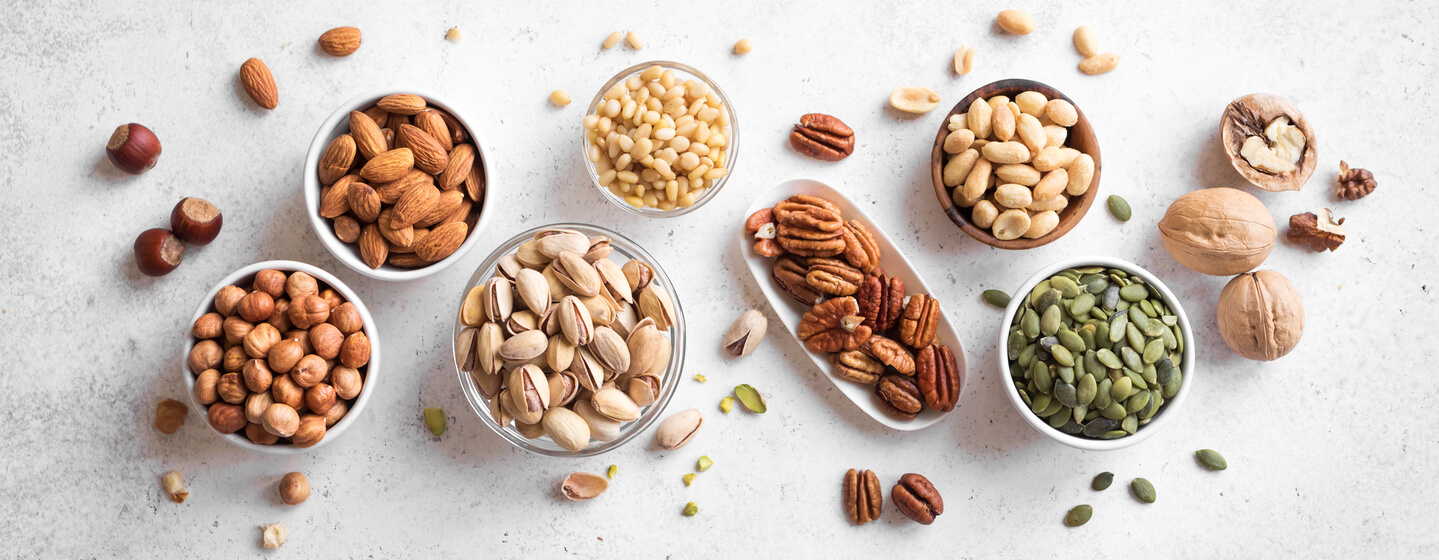
At the store, there are adult dog food and puppy food in the same aisle and they look similar, but the puppy food options tend to be more costly. What’s the main difference?
The major distinction in adult, as well as puppy dog food, will be the protein content present in the food. While most adult dogs are content with proteins comprising approximately 20 percent of their diet puppy food, they require 30 percent protein to fuel their expansion.
This means that there is more meat is included in the recipe, which is that puppy food tends to be more expensive than food designed for adult dogs.
It’s not just the amount of protein in the dog and puppy food however it is not just the quantity of protein that makes a difference. Puppy dogs also require specific amino acids that can support their bodies as they grow and the proteins they consume for their food are selected specifically to help support this.
The top ten amino acids puppies require to include valine, threonine tryptophan and phenylalanine. Lysine methionine, leucine isoleucine, arginine and histidine.
Typically, higher protein levels are coupled with fats and puppy food contains higher fat content than the other food also. This is good for young puppies but could result in weight issues for older dogs. This is one reason not to feed adult puppies puppy foods as a protein-rich alternative.
Although giving your pup food to adult dogs isn’t going to cause them any harm, feeding them food that is specially designed for them will ensure the best chance to start their lives.
The average age for puppies is to adult food between 6 and 12 months old. The longer it grows to its maximum size and weight, the longer you have to take to complete the change.
As a rule, small breeds will complete their growth faster, while larger breeds may take longer to grow to their full size however be certain to study your breed’s specific.
What Do You Need to Feed Your Puppy From The Day It Was Born To One Year Old?

In the beginning of a puppy’s development and while feeding their bodies with their mother’s milk or formula, they require around 3.5-3.75 pounds of calories for body weight per day for 24 hours. In the case of an example that a puppy weighing 6 ounces will require around 22.5 calories daily.
The majority of puppy formulas are around 1 calorie per milliliter which means it’s fairly simple to determine the amount to feed them. Be sure to check the ingredients of the formula you choose but be aware that some contain more nutrients than others.
After they have moved to food that is hard, it’s easier to visualize the food requirements of your child in cups.
Here is an approximate guideline basing the guideline upon the dimensions and the age of the puppy. However, you must be watching your puppy closely for their weight gain and body composition as well as their energy levels, in order to determine if they should increase or decrease their food intake.
| The Weight of the Breed (fully developed) | 3 to 6 months | 4 to 5 months | 6-8 Months | 9-11 month | One year plus |
|---|---|---|---|---|---|
| 3-12 pounds | 1/2 1 cup | 2/3 1 1/3 cups | 2/3 1 1/2 cups | Adult | Adult |
| 13-20 pounds | 1/2 1 1/4 cups | 1 1/8 2 cups | 1 1/8 2 1/3 cups | 1 1/3 1 1/2 cups | Adult |
| 21-50 pounds | 1/2 1 cup | 1 1/2 2 3/4 cups | 1 1/2 2 1/3 cups | 3 cups | 2 4 1/4 cups |
| 51-75 pounds | 5/8 to 2 1/3 cups | 1 1/2 4 cups | 1 1/2 4 cups | 2 1/2 4 3/4 cups | 2 1/2 8 cups |
| 76-100 pounds | 1 – 2 1/3 cups | 2 7/8 3 3/4 cups | 2 7/8 6 1/3 cups | 3 7/8 to 7 cups | 5 1/2 – 11 cup |
| 101+ pounds | 2 1/3 cups, plus 1 cup for every 10 lbs over 100lbs | 3 3/4 cups and 1/3 cup for every 10 lbs over 100lbs | 6.33 cups, plus 1 cup for every 10 lbs over 100lbs | Seven cups and 1/3 cup per 10lbs over 100lbs | 1 cup plus 1/3 cup for every 10 lbs over 100lbs |
When dogs reach the age of adulthood and become adults, they’ll require fewer calories to remain active and healthy. While you will need to keep an eye on your dog and adjust its diet specifically, the formula below can provide a base for the amount it should be eating.
The first step is to determine the resting Energy Requirements or RER. To determine this, multiply their total body mass by 3/4 power times 70. For instance for a dog that weighs 10kg as an adult dog the equation will be 70(10) to 3/4 power which gives you 400 calories.
However, this is their primary requirement, and you will need to modify based on your lifestyle. Below are the suggested modifications for different breeds of dogs.
- The term “neutered adult” means RER 1.6
- The RER of an intact adult equals 1.8
- Inactive adult = RER x 1.2
- Loss of weight = RER ratio for the ideal weight 1.0
- Weight increase = RER for the ideal weight 1.5 1.5
- Working or active dogs = RER 2-5 (depending on the level of activity)
As a guideline, watch your dog and alter their diet so that they determine the best suitable for them.
FAQs
How do newborn puppies last without nursing?
Newborn puppies during the initial two weeks of their lives will take about two hours without feeding from their mothers. This period of time is increasing as their stomachs develop.
When they reach at least a month old they will be able to last on a five-hour break without food at night.
Do you have to get a puppy up to feed it?
Puppy puppies older than a month can last for 5-8 hours without feeding, which means you can keep them from waking up to feed them. Smaller puppies should eat every 2 to 4 hours.
If they’re overweight and crying out, they might require a meal at midnight. This could mean waking them awake however if you manage to keep them calm and peaceful by not overloading them in any manner, they can go to sleep.
the Verdict
Dogs aren’t able to tell you when they’re hungry, but they are also inclined to eat whatever you give to them, which is why you have to have a clear idea of the amount and how often you’ll be feeding your pet.
In this article, we’ve given you the information you need to give your pet, what amount you should provide them, and the often they should be able to access food.
Although every dog is unique This guide should give you a rough idea that you can modify to fit your dog and your way of life.